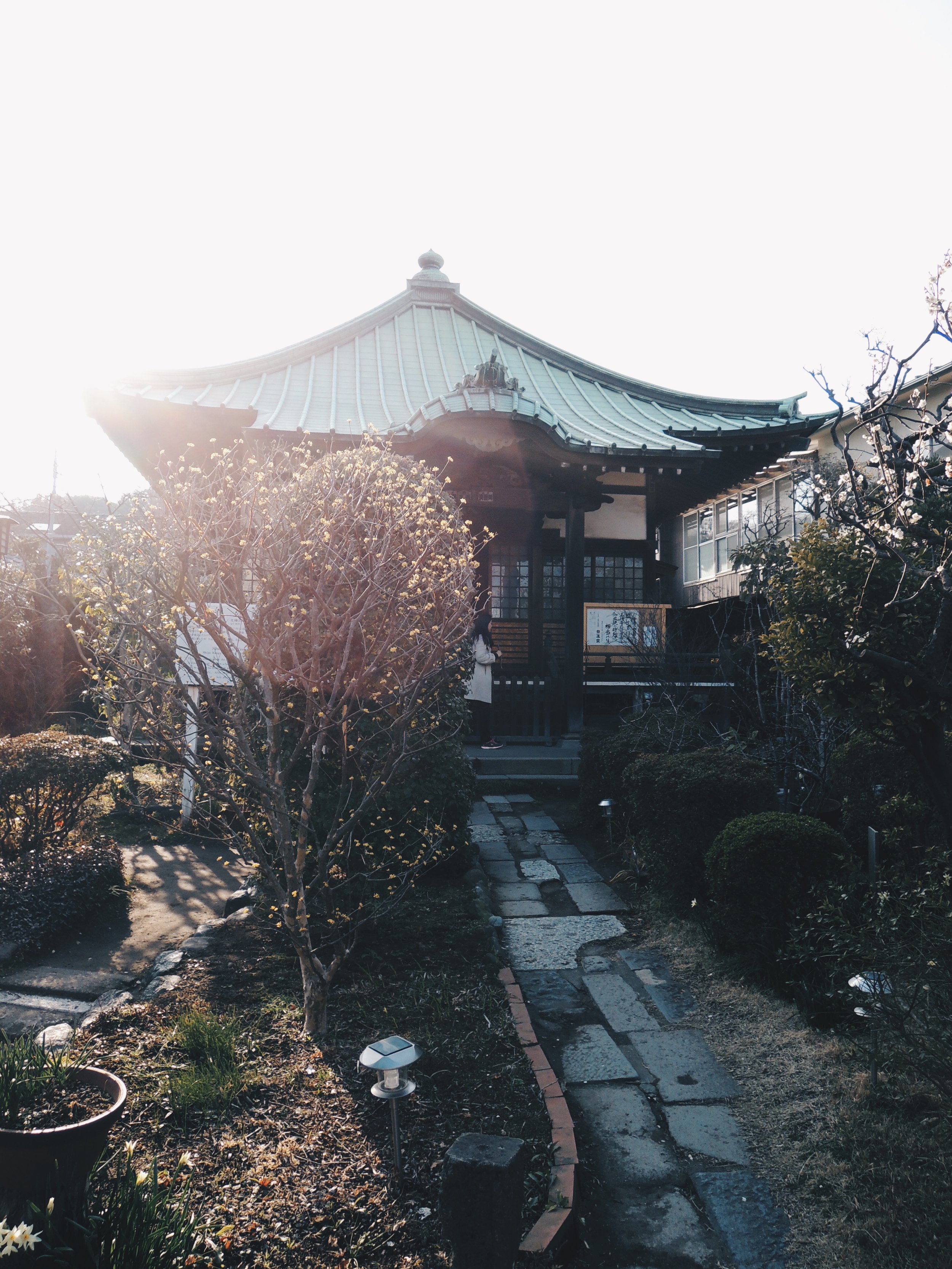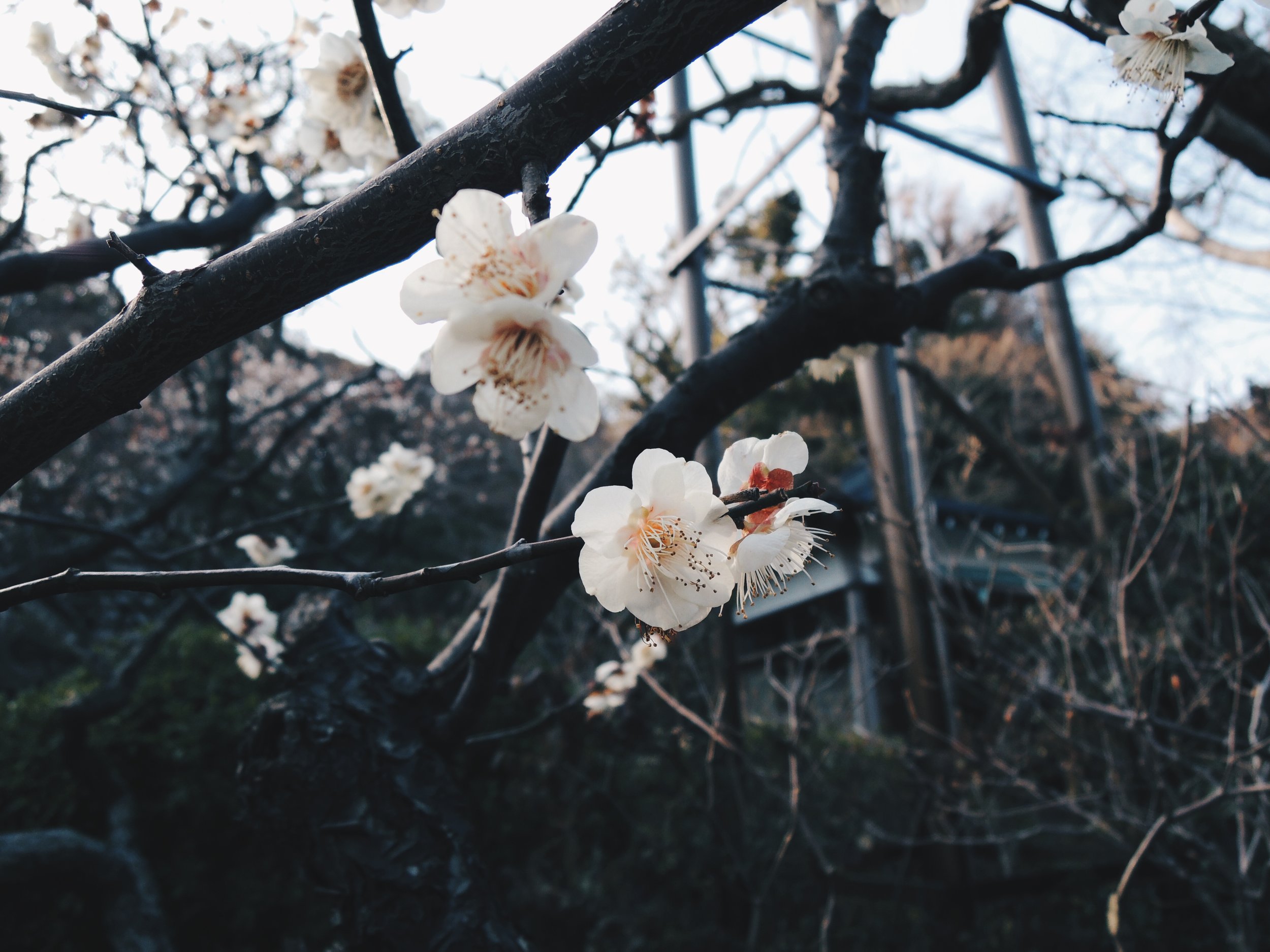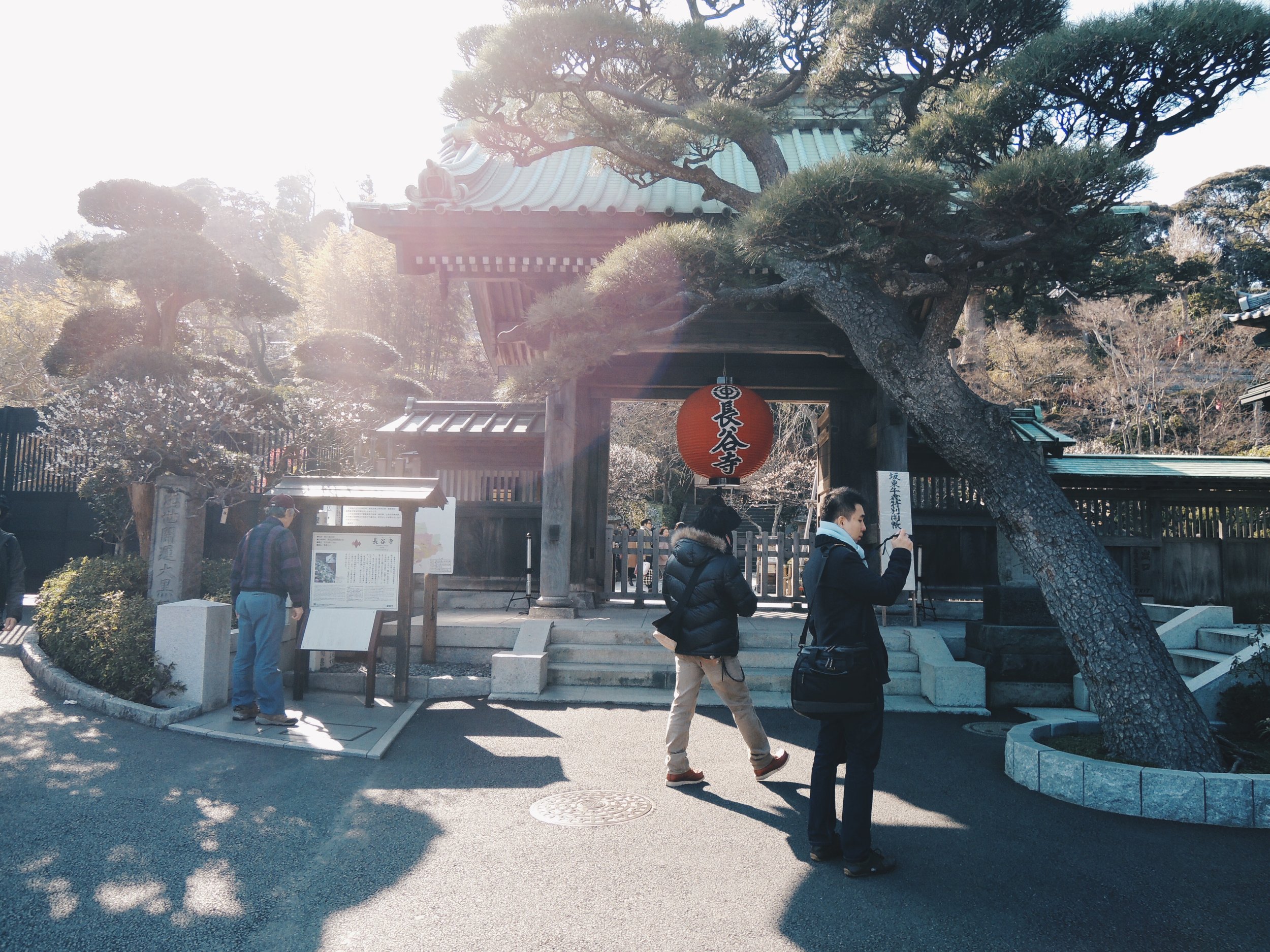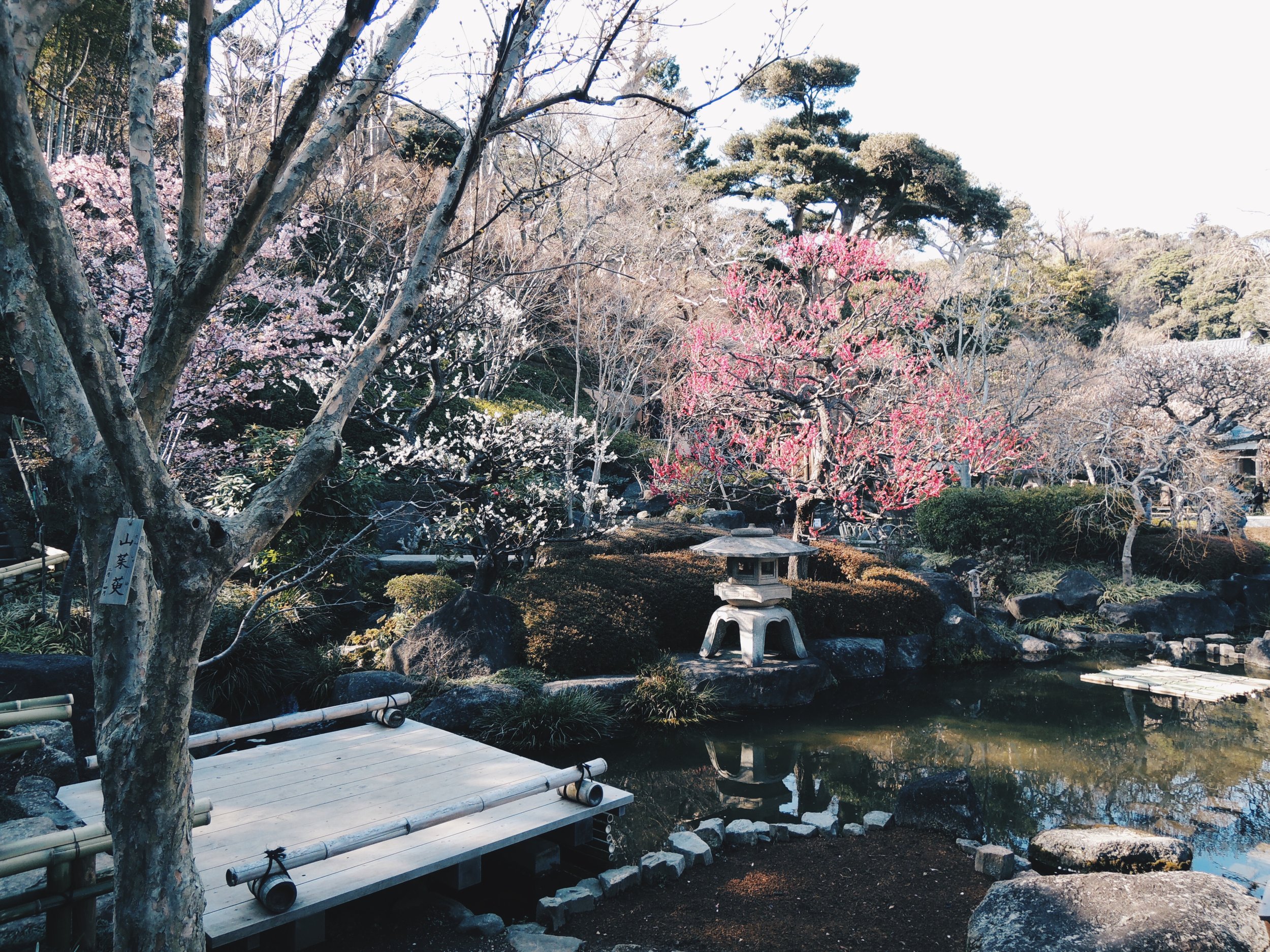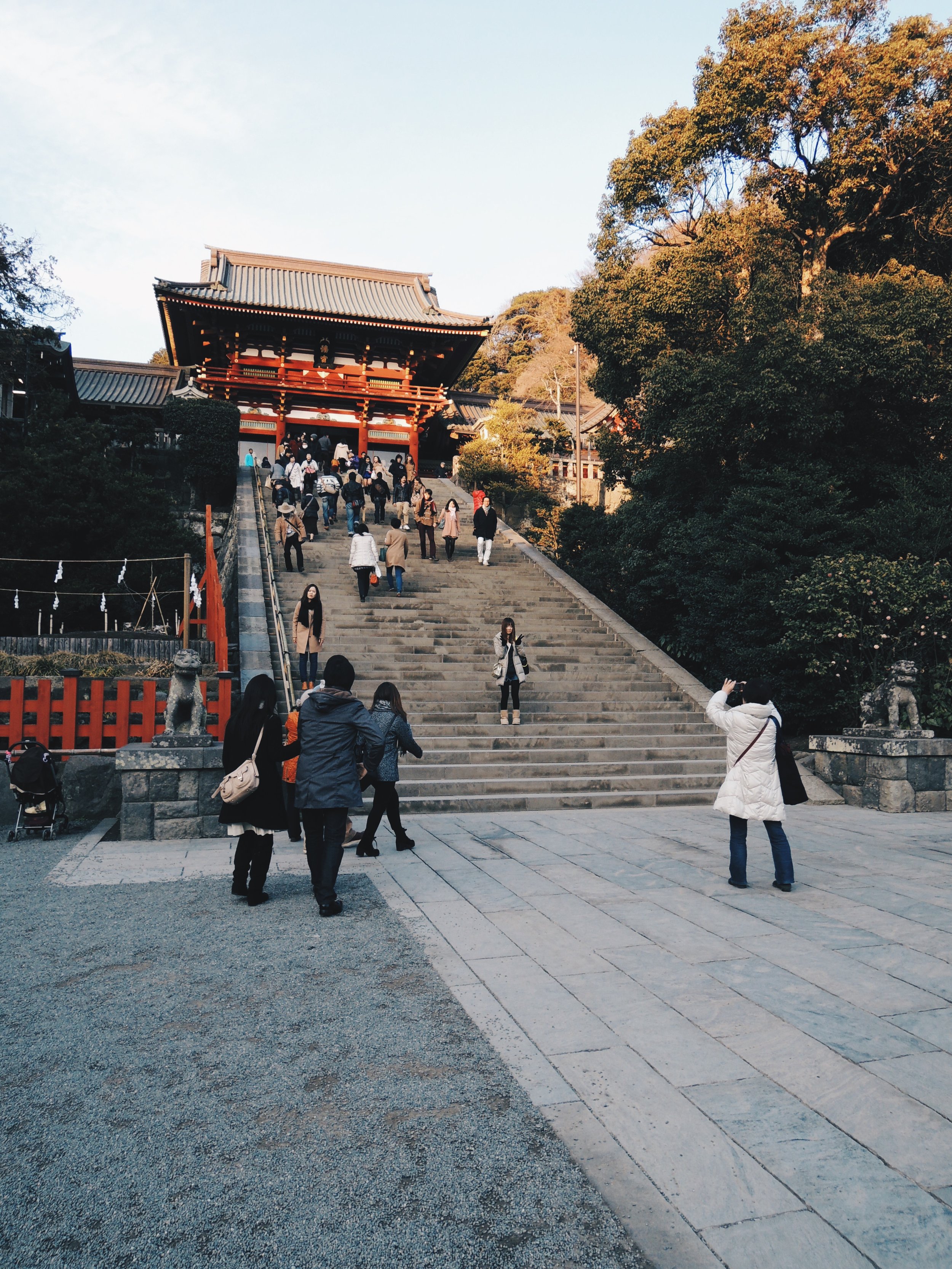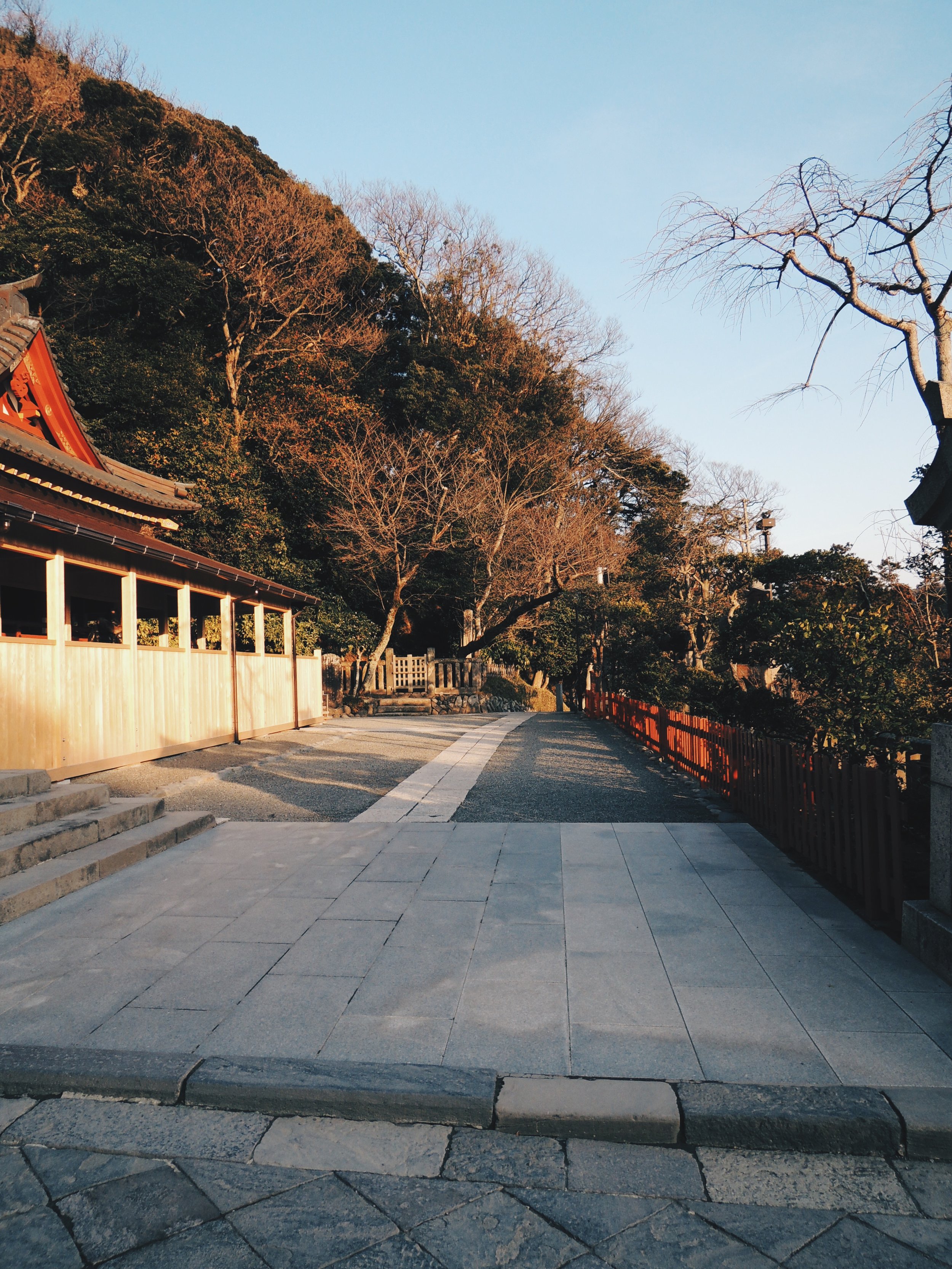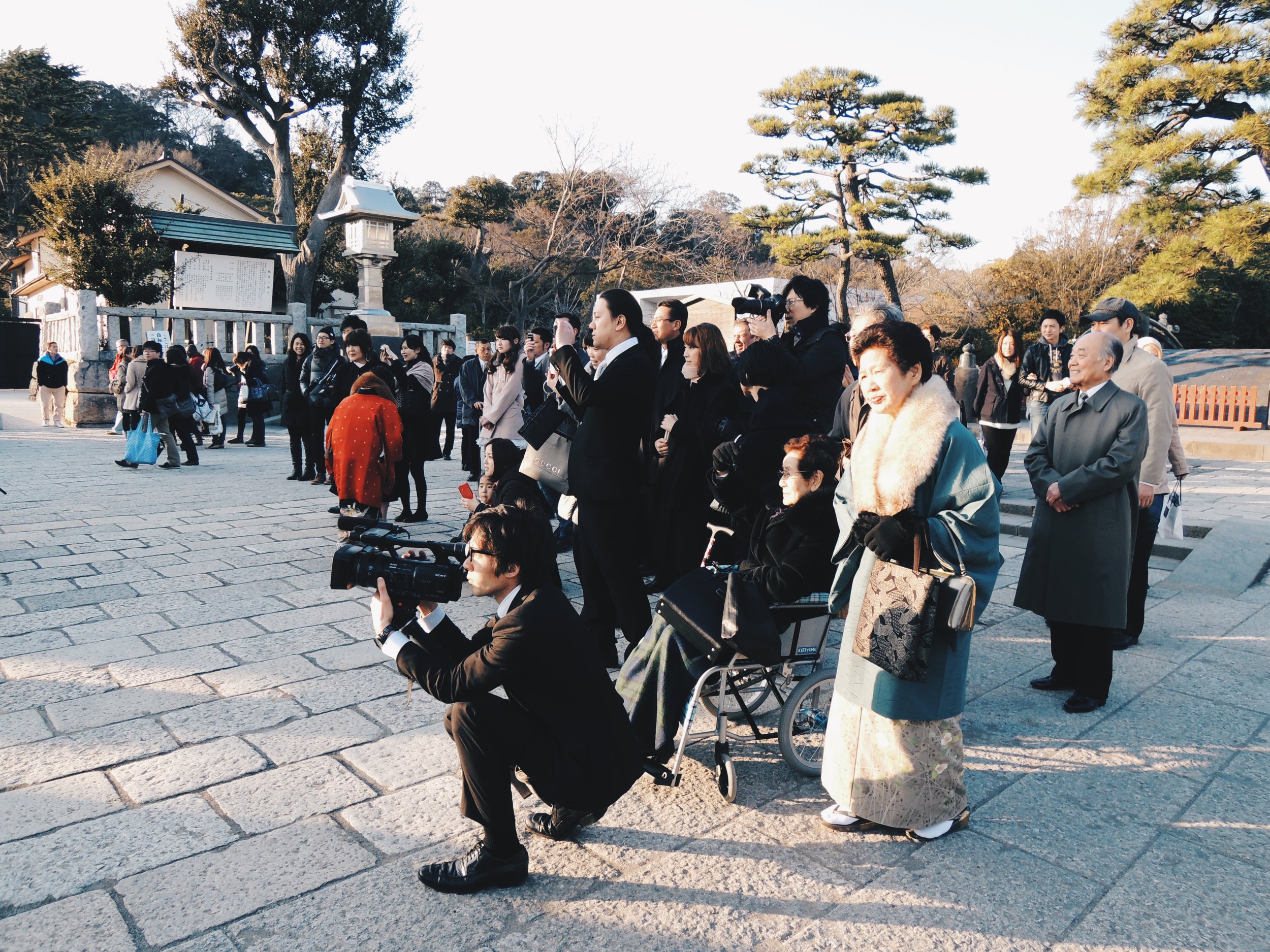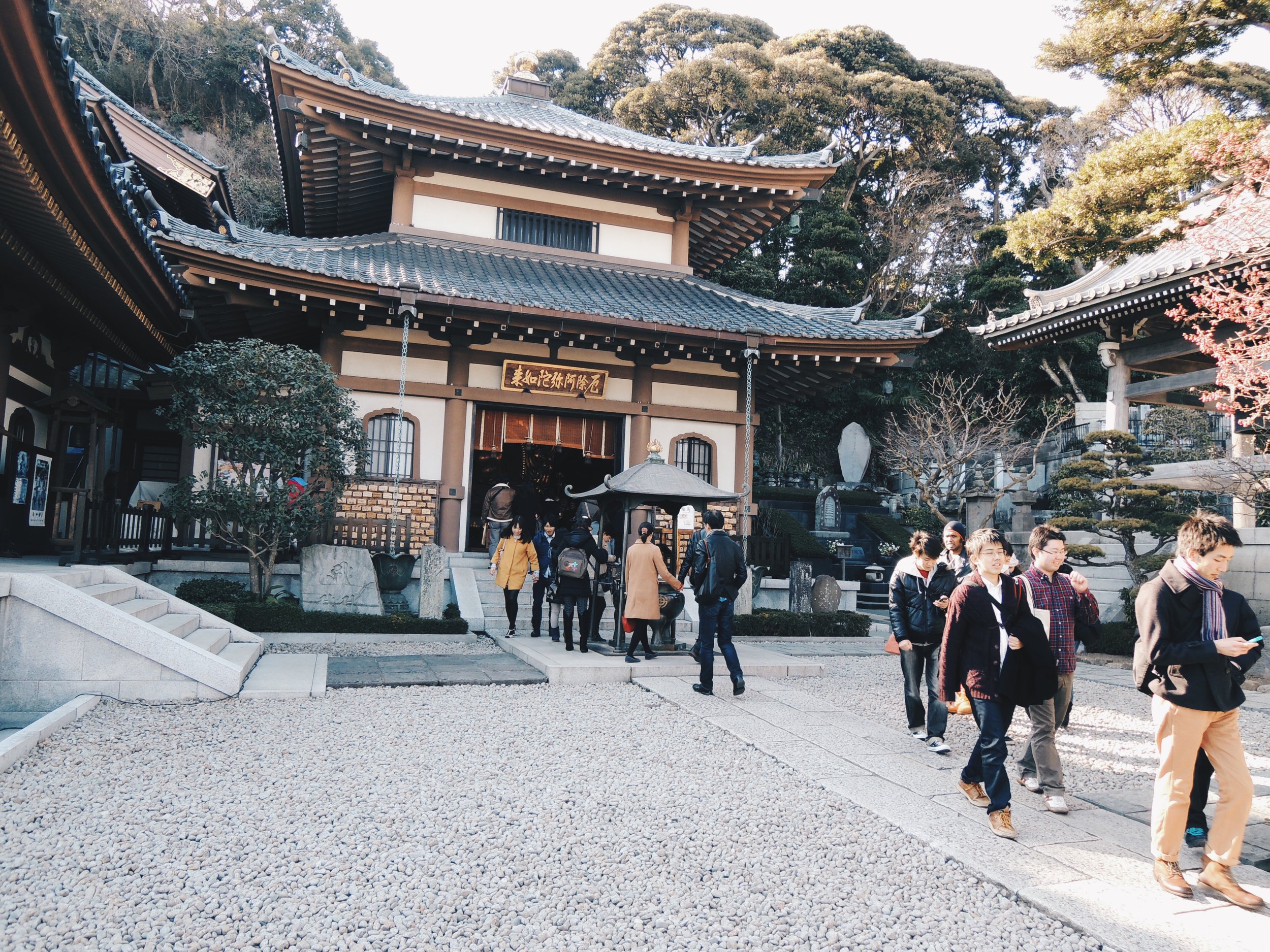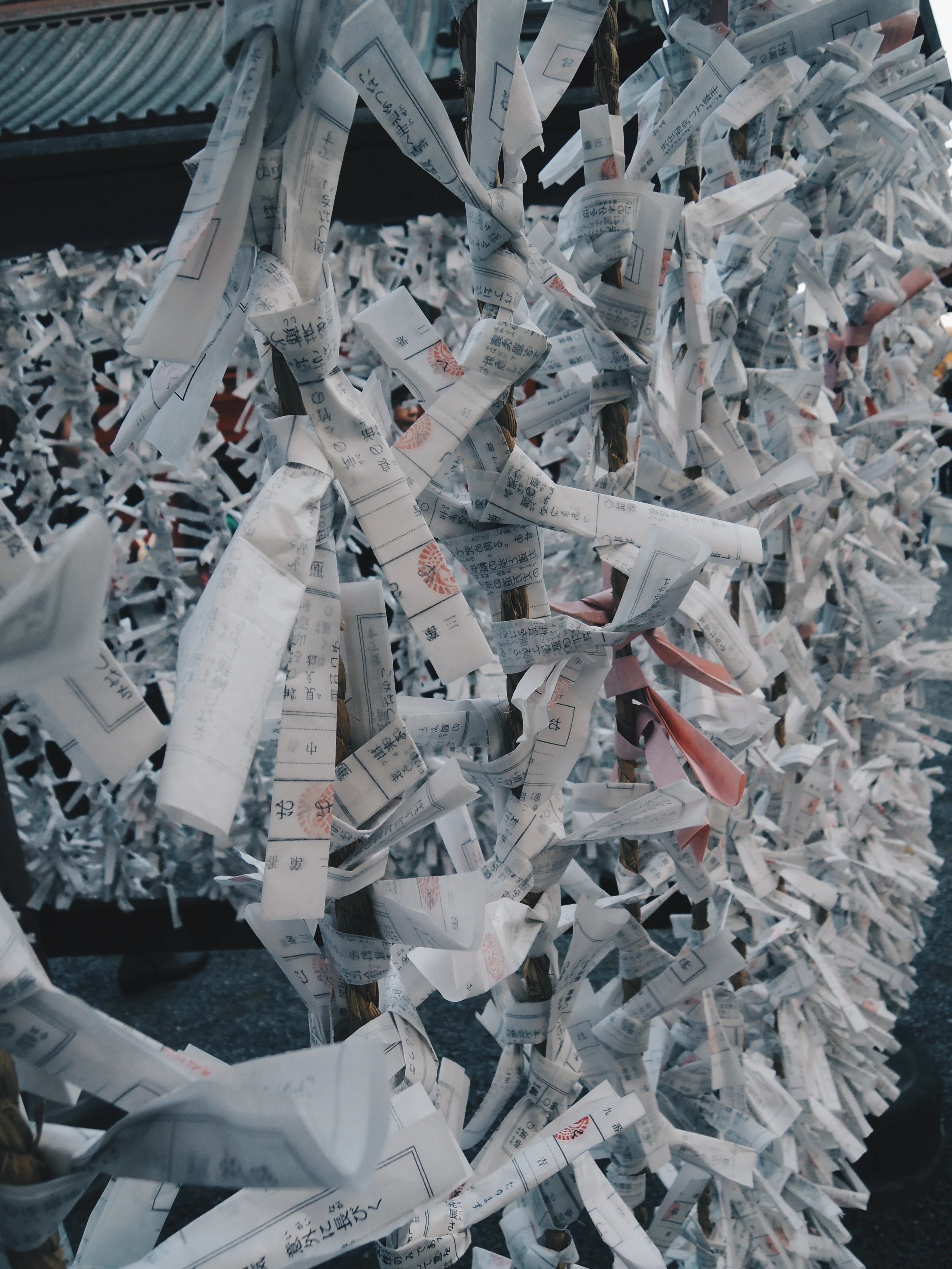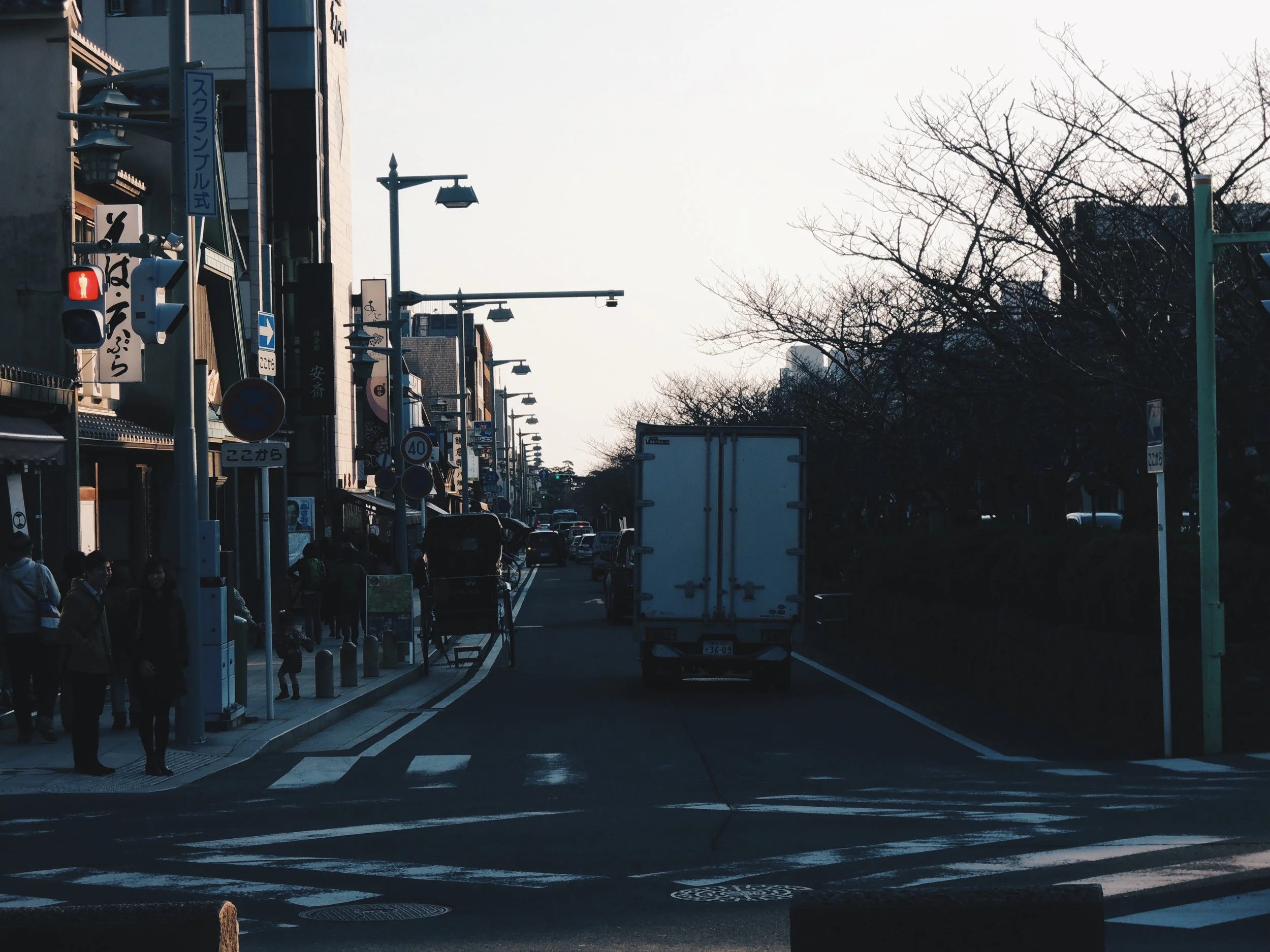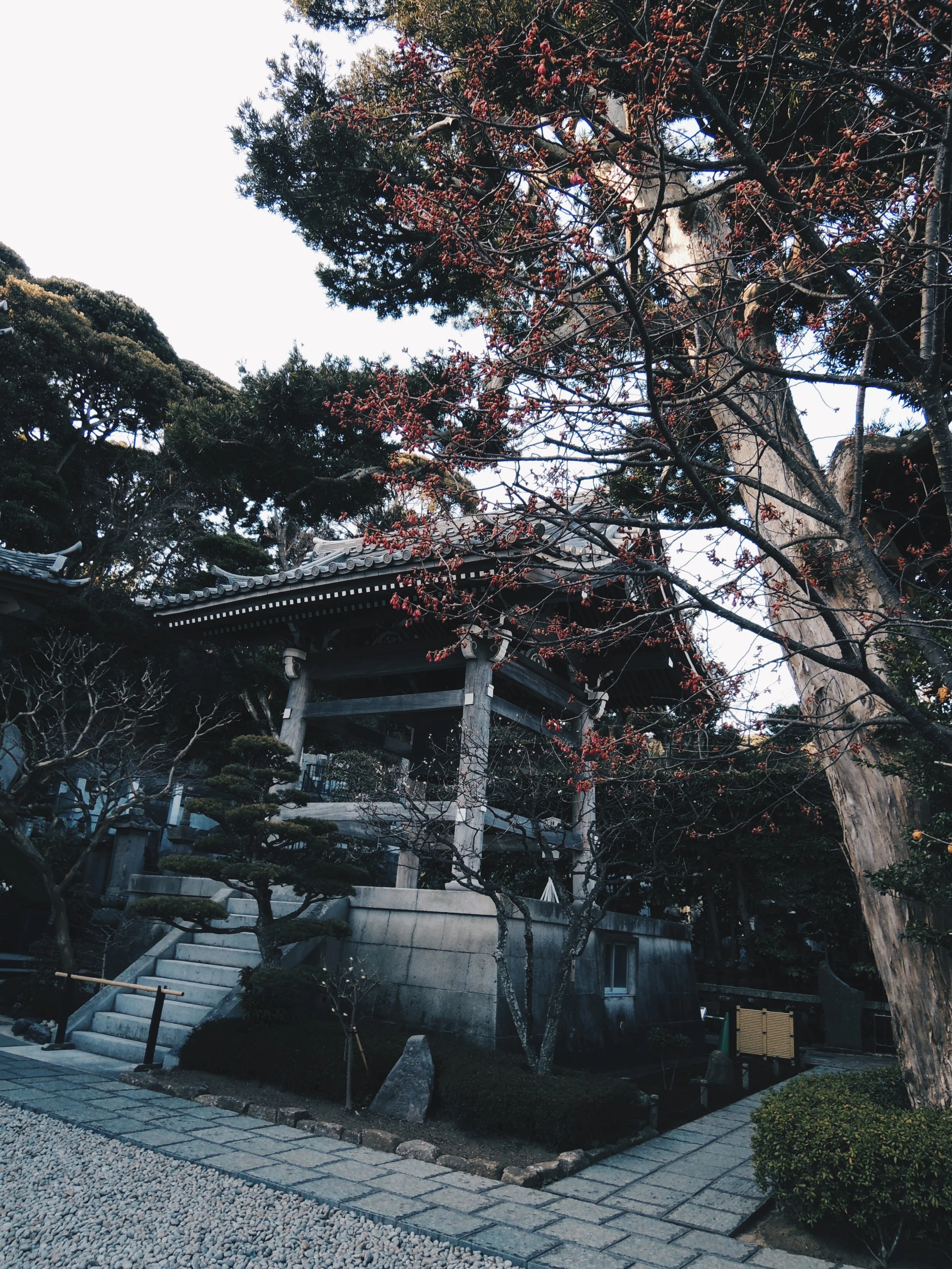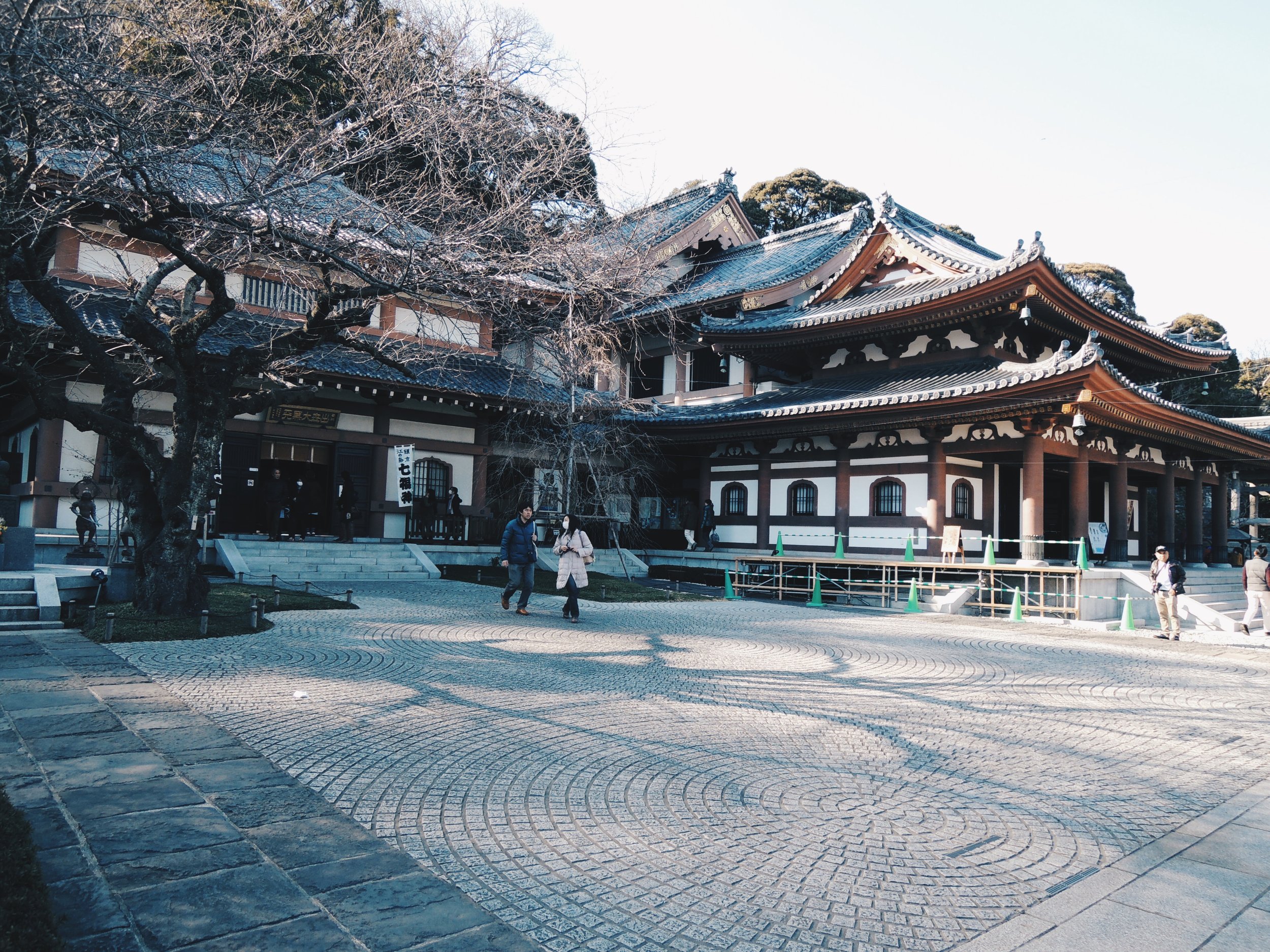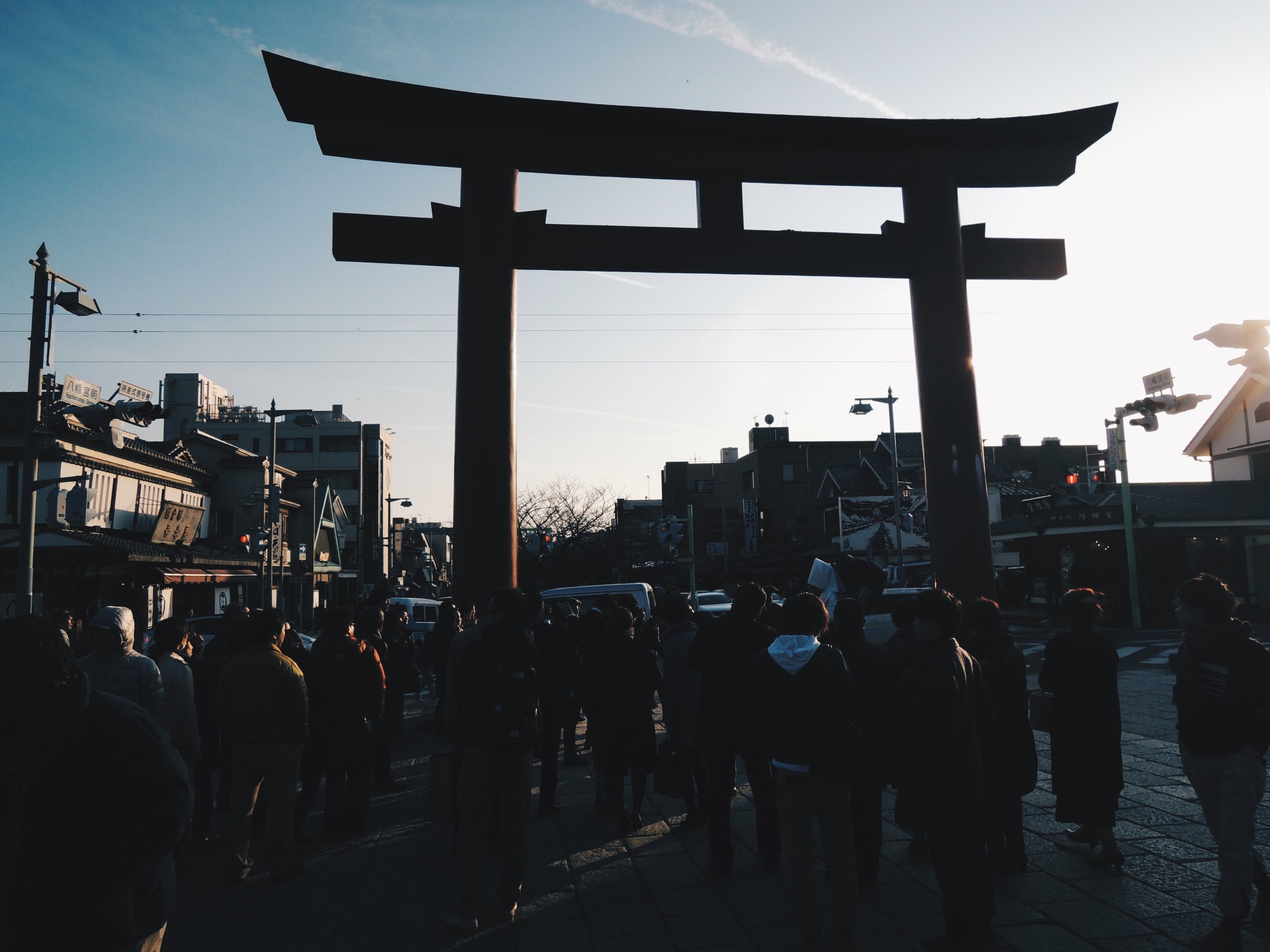Finding Peace in Kamakura, Japan: A Travel Guide

When I had a week in Tokyo, I decided it'd be great to get around the area and see as much as I could while I had the time to spare. Eventually, I took trips out to Nikkō City (which I wrote about here), Hakone and Kamakura, which I'll be covering in this post.
Located 50km southwest of Tokyo in the Kanagawa Prefecture lies the small but formerly-important city of Kamakura, which was once a de facto capital of Japan during the Kamakura Period.
Like many other cities, Kamakura is popular for its ancient temples and shrines, but Kamakura sticks out a little different as it's located along the coast facing the Sagami Bay.
One of the biggest reasons people flock to Kamakura is for the iconic Great Buddha statue, which was supposedly housed in a temple that was destroyed by a tsunami during the 15th century. The statue survived the catastrophe and has remained in the open ever since. Seeing it up close and personal though was pretty cool, with a weight of 93 tons and a height of 13.35m, it pretty much towers over everything and everyone. It is currently the second largest monumental Buddha in Japan, with pole position going to the statue in Todaiji Temple located in Nara (which I also managed to visit that same trip, funnily enough).
The second largest Buddha statue in Japan
The statue located on the grounds of Kōtoku-in (高徳院) Temple, which is not a large or grand temple by any measure, and there are pretty much always crowds gathered at the foot of the statue, as the statue is the only significant attraction.
After, we headed to Hase-dera (長谷寺), a Buddhist Temple of the Jodo Sect. With a small admission fee of JP¥300 (approx. US$2.63), a garden welcomes visitors past the gates, which was stunning. Of course, the colours of the leaves in the garden change as the seasons do, but as we were there in March, we weren't quite close enough to Spring to witness the gardens in full bloom, which I'm pretty sure would've been absolutely stunning.
Built on a slope, the stairs at the temple lead up to sweeping views of Kamakura facing the Sagami Bay, which was my favourite part of the grounds, if I'm being honest. The atypical architecture of the small, roofed Japanese houses clustered together on the bay was just, serene. Views of the bay and the open grounds are well-worth the hike up, as it was a nice distraction from the crowds at the temple and garden grounds.
Postcard perfect views of the Sagami Bay
The temple is famous for its statue of Kannon (Buddha), standing at 9.18m tall with 11 heads, each representing a different phase in the search for enlightenment. Apart from that, the temple also features an underground cave dedicated to Benzaiten, a sea goddess of Japanese mythology. What's of interest to the visitor is the winding path of small statues of Buddhist deities seemingly numbering in the hundreds, which was quite an interesting sight.
After we headed into town for lunch, we made our way towards Tsurugaoka Hachiman-gū (鶴岡八幡宮), an important Shinto shrine. The tori gates open to ponds on both sides and arched red bridges, a location picked with Feng Shui in mind. The stunning part of this shrine is the great stone stairway which was needless to say, quite the hike.
Apparently, it's been noted that this site is a popular place for traditional Japanese wedding processions, and we actually got to witness one!
During warmer months, we would've probably headed to the famous beaches of the city, but we decided to skip them in March, but to be honest, the grounds of these temples and shrines are mostly pretty big, so covering 3 big sights pretty much took up the whole day.
Kamakura felt a little busier compared to Nikkō, but that could've been because we headed to Kamakura on a bright, sunny day, whereas we were freezing in Nikkō as it was snowing and the road turned to slush underneath the overcast skies all day.
Still though, I greatly enjoyed Kamakura, in particular the Hase-dera (長谷寺) temple, with its blend of tradition and religion, as well as the view overlooking the open sea. The gardens were nice and the grounds were vast so there was plenty to walk and plenty to see. Day hopping out of Tokyo's a breeze and I really appreciated the small breaks from the city these smaller towns and surrounding cities allowed.
How to get to Kamakura from Tokyo:
1. Odakyu Railways
Leaving from Tokyo's Shinjuku Station to Kamakura station, Odakyu Railways' journey takes 90 minutes, with the inclusive Enoshima Kamakura Free Pass setting you back just JP¥1470 (approx. US$12.88) with a round trip ticket from Tokyo to Kamakura, as well as unlimited rides on the Enoden Train.
2. JR Yokosuka Line
From Tokyo Station to Kamakura leaves the JR Railways Yokosuka line, with a one way trip costing JP¥920 (approx. US$8.06) clocking in about an hour's journey.
If you’re looking to be in Japan for a while and visit a couple of cities, a JR pass is handy to have, as it can save you a fair bit of money.
Naturally, you can use the JR pass for the Shonan Shinjuku Line below.
3. JR Shonan Shinjuku Line
JR Railways' Shonan Shinjuku Line operates out of Shinjuku Station to Kamakura, similarly at a price of JP¥920 one way for an hour's journey. Every second train bound for Zushi is a direct connection to Kamakura. In other cases, a train transfer at Ofuna Station is required.
